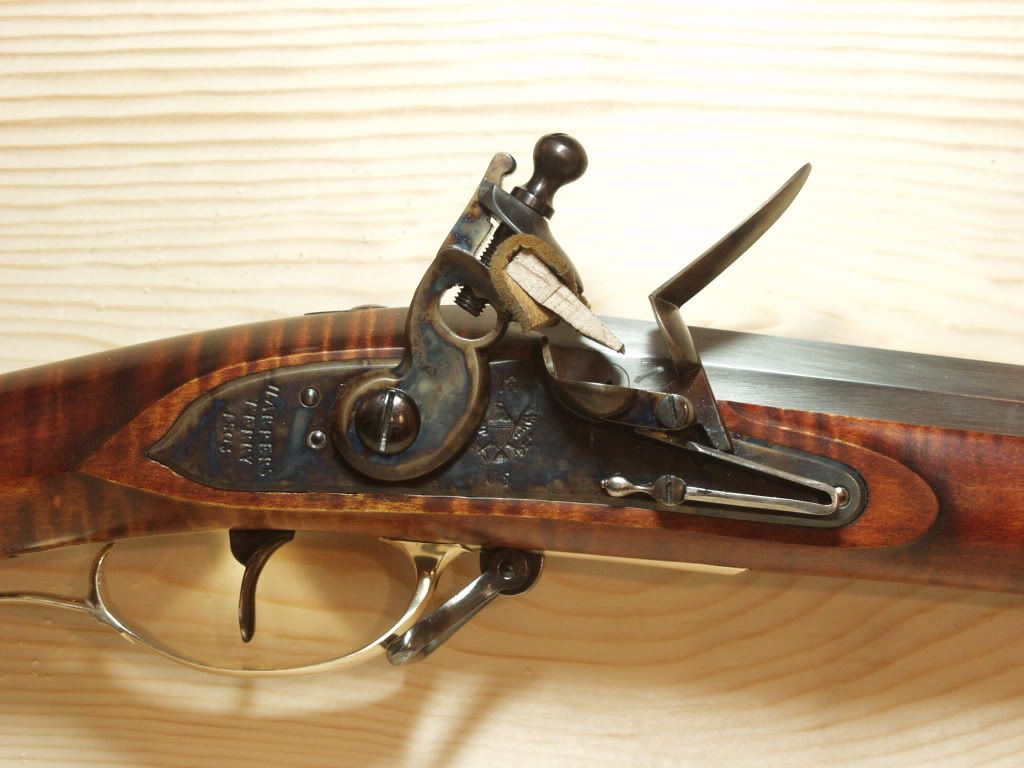First off I'd like to thank everyone that responded. In this process I've learned a lot. I'll answer your responses then I'll paste in an article I found on the net.
Capt; I choose pine only to get a feel for the finish. After the first two coats it doesn't soak in anymore. I have four slabs of curly maple I'll use. Been using Permalyn but wanted to try Tung Oil.
Scots Jim; You're right on, Min-Wax is a wiping varnish. See attached article.
Herb; You did a great job on your stock. Thanks for the tip on Formbys. It's in a different class then Min-Wax and appears more durable.
John; Good idea. I've done this before with other finishes.
I'm going to try the Formbys and see if their application method and chemical makeup gives me the depth I'm after. For those interested here is the article I found:
"Tung Oil Finish" is a marketing expression for products that the manufacturer thinks will give you a finish like the finish you get from a true tung oil. These "Tung Oil Finishes" may or may not contain some true tung oil, but most do not contain any true tung oil. Their only claim to the use of the word "tung" is that it claims to give you the appearence of finish that results from tung oil. You're buying a "faux tung oil finish".
There are two types of "tung oil finishes". One is mixture of varnish, boiled linseed oil and mineral spirits (called an oil/varnish). The exact mixtures are proprietary but 1/3, 1/3, and 1/3 will get you real close. Some manufacturers add a dollop of drier to speed up the drying. This same mixture is frequently also called "Danish Oil" because it gives a finish that resembles the finish used on much of the "danish style" teak furniture imported in the 50's and 60's. It closely mimics a true oil finish but the addition of the varnish resins gives it more durability and protection.
Here are some oil/varnish mixtures*)
Deft Danish Oil
General Finishes' Sealacell
Behlen Danish Oil
Maloof Finish
Behr Scandinavian Tung Oil Finish
Minwax Tung Oil Finish
Minwax Antique Oil Finish
Velvit Oil
Watco Danish Oil
McCloskey Tung Oil Finish (contains pure tung oil, not linseed oil)
The second "tung oil finish" is one made from varnish and mineral spirits. The approximate ratio is 1:1. This is really just a thinned varnish just like the stuff sold as "wiping varnish". When one two or three coats are applied, it also mimics the finish produced by a true oil but it is harder than the oil/varnish above because it does not have as much oil. It is slightly more protective than the oil/varnish type or tung oil finish. For all intents and purposes it is a varnish finish.
Here are some thinned varnishes*)
Minway Wiping Varnish
Watco Wiping Varnish
Formby's Tung Oil Finish
Zar Wipe-on Tung Oil
Val-Oil
Hope's Tung Oil Varnish
Gillespie Tung Oil
Waterlox
General Finishes' Arm R Seal
Jasco Tung Oil
One way to tell whether the product is an oil/varnish or a wiping varnish is to read the application instuctions. Oil/varnishes are applied, then given some time to set, then wiped dry. Wiping varnish products are wiped on an left to dry (no wiping off).
For either of the above, you can mix your own using your own proportions, can it and sell it as "My Greatest Tung Oil Finish". Then announce a new product with slightly different proportion and call it "My Greatest Danish Oil Finish". We're not talking rocket science here.
Finally, I'm not saying that any of these products are not good. In fact, they are a more protective and durable finish than any pure oil finish. They are what they are and can give you a good finish when properly applied.
(*) Thanks to Bob Flexner "Understanding Wood Finishes"









